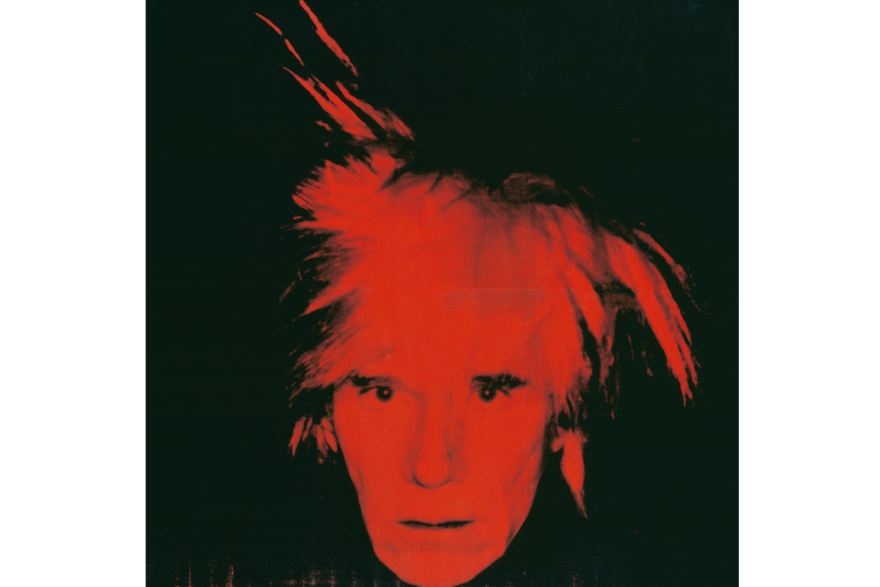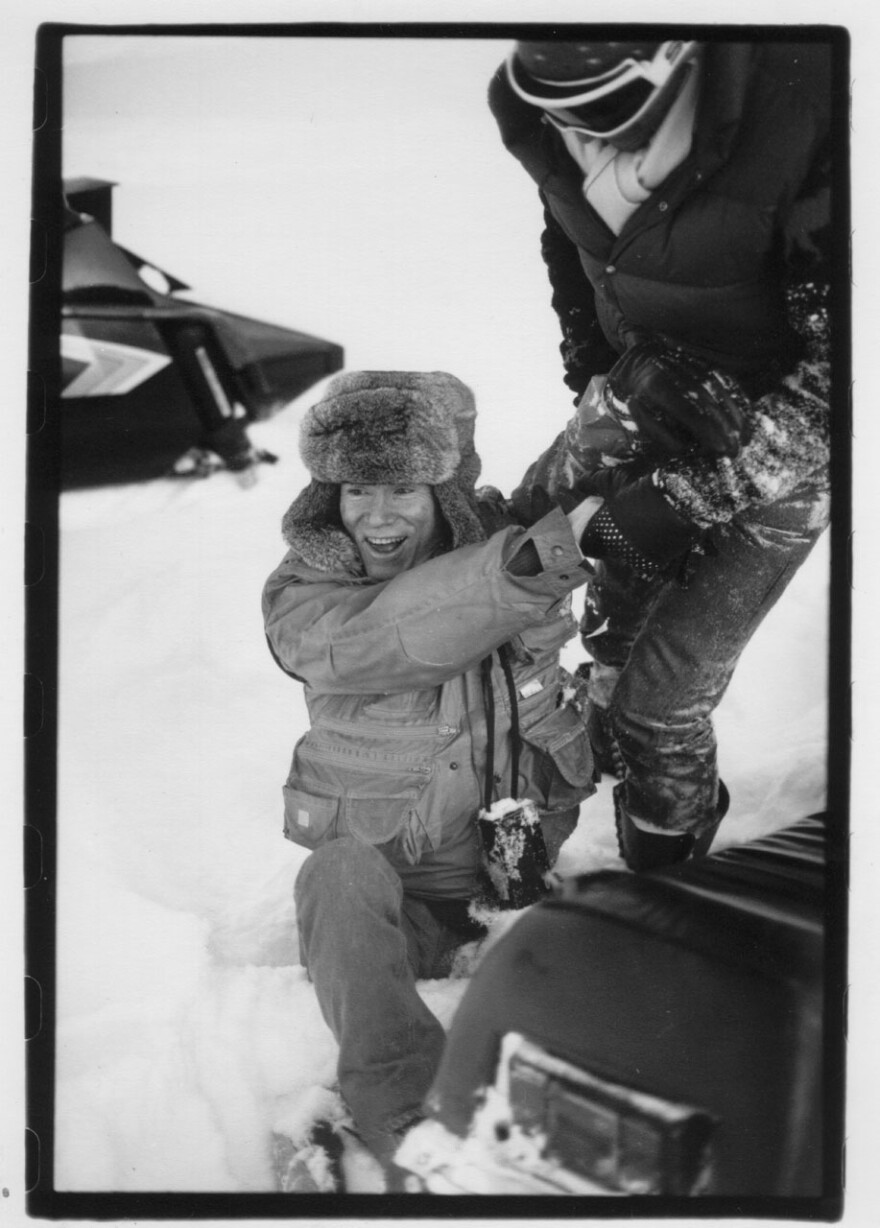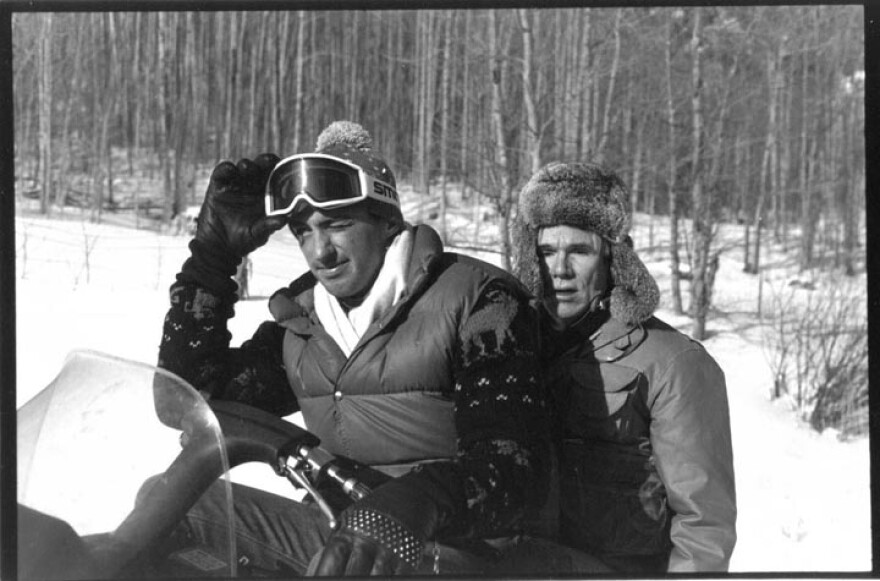PHOTOGRAPHY RESOURCES THAT WORK FOR ME
I am going to list out my journey and what works for me. I have made a living from photography since 1978. Below are all listings that I have worked with. I am sure there are millions more but these are what I found to be the best for my adventures in making and selling fine art photography.
THINK REVERSE IS MY MOTO.. GO THE OTHER DIRECTION WHEN EVERYONE IS GOING FORWARD. FOR ME .... TOY CAMERAS, PINHOLE, RUTH THORNE THOMPSON.. WETPLATE. XEROX.. NOW, 8X10.
Millions of resources are out there. below is what works for me. If you have something that worked for you let me know.
KEYWORDS … Clarity of Goals and Continuity in your work.
Style/brand/vision.. a thread that runs through everything... A voice.
A favorite quote that i love and adopt .. Don't look for Work but Make Work… don't look for the job.. create the job.
My lifes top success are all from long habit of gathering the community. And then riding that wave.
My list .. in college was The Codex - a correspondence art publication. gathering artists to submit an edition of 150 works to make one large bound portfolio of dozens of artists x150. Museums around the country snapped them up and archived them. And great book stores like Printed Matter in NYC. The porfolio/ book traveled. The pages could be turned into a exhibition.
Next the MudPeople art performances made front page news in NYC , Denver , Taos.
Next a natural was gathering a early online salon early internet surfing .. we call it FAB fine art board...this was 1992 early. We gathered and had a show Off The Highway at RULE gallery in Denver and dozens after. The Wall Street Journal wrote a review as The Internet's First Art Show".
Then The Denver Salon ..gathering curating photographers I admired. We got museum shows, exhibitions in NYC, Aspen and Japan.
Next I should mention starting a Community Garden..Denver Urban Garden's first garden. Community gardens are great at many levels..for one its where I witnessed the start of The Museum of Contemporary Art Denver when Marina Grave said don't you think we need a contemporary art museum ? ... I rose to the director in 1999. .. https://www.instagram.com/mca_denver/ or founding board of RedLine the mission that fosters education and engagement between artists and communities.
Next is festivals .. Inspired by the Houston Fotofest I started one in Denver in 2004. It grew into a monster of fun with photography. The community celebrating photography. Next is realizing there is a community of Photography Festivals around the world. So we founded the Festival of Light to share resources and talent and photography discoveries. https://festivaloflight.net/ Next is my ol trick power in numbers formed
The Denver Collage Club https://www.instagram.com/denvercollage/
Currently my passion is a new community garden in a new rough side of town and street art project the Big Picture Colorado. whom like the garden the community of all walks of life participates. https://www.instagram.com/the_big_picture_colo/
Linktree
Mark Sink Linktree https://linktr.ee/marksink is a one stop shop. And its free.
FESTIVAL OF LIGHT Many great photo festivals
Lenscratch ! Call for Entry :
http://lenscratch.com/resources/callsforentry/
Quantum - I am recently interested in NFT's Quantum is the first platform focused on curating and dropping NFT collections and making NFTs easily accessible for both artists and collectors. https://quantum.art
HITTING A THOUSAND BIRDS WITH ONE STONE
CRITICAL MASS !!! http://www.photolucida.org/
FotoFest Meeting Place
PHOTO LUCIDA
SANTA FE
Finding your communities.
PHOTOSHOWCASE
http://www.photoeye.com/gallery/photoshowcase/
WESTAF
http://www.westaf.org CAFE https://www.callforentry.org
CAFE IS AARON SISKIN AND POLLACK KRASNER
LENS SCRATCH
http://lenscratch.com/resources/callsforentry/
FLAK PHOTO GROUP
https://www.facebook.com/groups/flakphoto
https://www.facebook.com/groups/flakphotobooks
COLORADO PHOTOGRAPHIC ART CENTER
www.CBCA.org Debra Jordy WATCH WHERE MONEY IN ARTS IS FLOWING.
DADA
http://www.denverart.org ( DENVER’S BEST ART DEALERS)
NINE DOT ARTS
INTERESTING NATIONAL RESOURCES
NY FOUNDATION FOR THE ARTS
GUGGENHEIM
http://www.gf.org/about-the-foundation/the-fellowship/ (Guggenheim fellowships)
http://www.pkf.org ( Pollock-Krasner Foundation )
https://annenberg.usc.edu (Getty Fellowships)
SAATCHI
SELLING
20X200
ETSY
http://www.etsy.com/category/art
PAYPAL BUTTONS !! SUPER EASY
BOOKS
On Photography Susan Sontag
Why People Photograph Robert Adams
HELP - CONSULTATION
Mary Virginia Swanson
How to Succeed in Commercial Photography: Insights from a Leading Consultant Selina Maitreya
ZONE ZERO
http://zonezero.com ( GREAT, MIND, PUBLISHER AND ARTIST RESOURCE BY Pedro Meyer
MAKE A BOOK
LULU AND BLURB
Practice putting a book together. The software is really easy. Just the process of editing and placing images is a good workout to focus your concept and narrative.
WHAT'S GOING ON IN THE DENVER LOCAL COMMUNITY
Dikeou Collection and their art mailer.
ZING MAGAZINE .. a curatorial crossing.
http://www.dikeoucollection.org
Denver Arts and Venues
https://www.artsandvenuesdenver.com/about
Projections and Jumbo Trons to show your projects
https://nightlightsdenver.com/
Art Donations .. how many have you done this year. ,,I do up to 15-20 a year.
In-Kind for Non-profits... They have opened doors to many jobs for me.
START A SALON
SALONS
Starting salons… picking people .. The Denver Salon The Denver Collage Club
Getting together to inspire and show and tell. Talk about the arts.
This power in numbers which makes visibility of your work much higher and easier to obtain venues to show.
I have recently started a Collage Salon. The Denver Collage Club
Community
Currently The Big Picture.. trading files with people from around the world.
Wheat Pasting them around town and around the world. The Big Picture Colorado
Internet Salons … First was AOL Photography Forum .. the Fine Art Photography board FAB.
was did the first internet art show .. BOB .. then Off The Highway at Rule Gallery.
Wall St Journal at the first internet art show .. Denver Post .. Rocky Mt News.
DO YOU KNOW HOW MUCH A FULL PAGE AD COSTS IN A NATIONAL NEWS PAPER LET A LONE A LOCAL?
Ok started friendster to myspace to Facebook..flicker tumblr blog.spot … what works? Blog spot .. and learn sharing cloud docs.
A large amount of traffic and thus inquiries and work have come from keeping up with these free agents. There is software that will post your ideas and work on all your boards at once so time is not an issue.
Some internet tales …Ever heard of the The Long tale ? ..its the power of notch and special interest.
Stepping up to The Rise of the Creative Class ( see the book .. Hickenloopers platform to becoming mayor. Of where art is in our society to day.
Target marketing efforts… Find the community the Long Tail of your type of work and direction. Great information you can apply to yourself is out in the open. Research others work that is like yours and check their CVs to find where they are showing and selling
Galleries …never walk cold into a gallery.
Visibility
New ideas in self-promotion pieces.
Events that art writers pick up.
Curating
Using alternative spaces for an event.
Wheatpaste Xerox print outs.. xerox quality is astonishingly high
Of Zines .. do you know what is Zine is?
Large printouts newspaper size ..
If your making a self-promotion piece WHY NOT make it art.
Less is more.
SIMPLE XEROX handout
Other resources i have used
http://www.alternativephotography.com
http://www.czechslovakphotos.com
http://photographmag.com (BEST NYC PHOTO GUIDE PUBLISHED)
The tips and tricks of making a living as a fine art photographer.
Fine Art Photography in the commercial marketplace.
Using art as an opportunity to open doors in today's photography marketplace.
Understanding the business of art photography.
The many free resources available to artistic photographers and the many avenues to create visibility and cash flow.
Separating the work you love from the work that pays the bills
Visibility as a fine art photographer
Identifying appropriate exhibition venues for showing completed bodies of work.
Co-Op .. or APAD
How to balance fine art photography with commercial photography.
How to stay creative, recognize the strengths in your work, and build upon those strengths
Using art as an opportunity to open doors in today's photography marketplace.
__________________________
Business Marketing Model
I am very interested in the rediscovery and emergence of the career of Laura Webb Nichols - The path of a curator that brought a lost photographer back into the light, primarily the business marketing model, the publications, the exhibitions and placed into historic collections. - https://www.lorawebbnichols.org https://www.instagram.com/lorawebbnichols
___________________________
Shots Magazine
Blue Eyes Magazine
Zing Magazine
Photolucida
FotoFest
Festival of Light
Cool Hunting
Media Bistro
Solargraphy
PhotoPol
Pop-ology
PH Magazine
World Wide Pinhole Day
FB Groups
Flak Photo Network
VERNACULAR PHOTOGRAPHY MAFIA
DEVELOP Photo
Art10
E-ART by Bruno Rossi
The Salon Romantique
Kopeikin Gallery12
Street shots Photography / Photographie de rue
A BOOK ABOUT DEATH20+
A New History of Photography
Women and their Big Cameras
Wet Plate Collodion Photographer
Alternative photographic processes
the blackbird art circle2
LAP - Lovers of Analog Photography
KLASSIK MAGAZINE20+
Appropriate Punk Artist Group
Urbanism
The Disfarmer Project
PLOVDIV photographic community-Bulgaria
Bruce Conner
Antiquarian Avant-Garde Art & Processes
Art-Republic / Studio & Gallery20+
Carte de Visite and Cabinet Card Photography
Film Shooters+
Indie Film Community
Joseph Petzval
The Dallas Cultural Landscape
ThirdEye Photography Society
Vintage Photo Postcards














